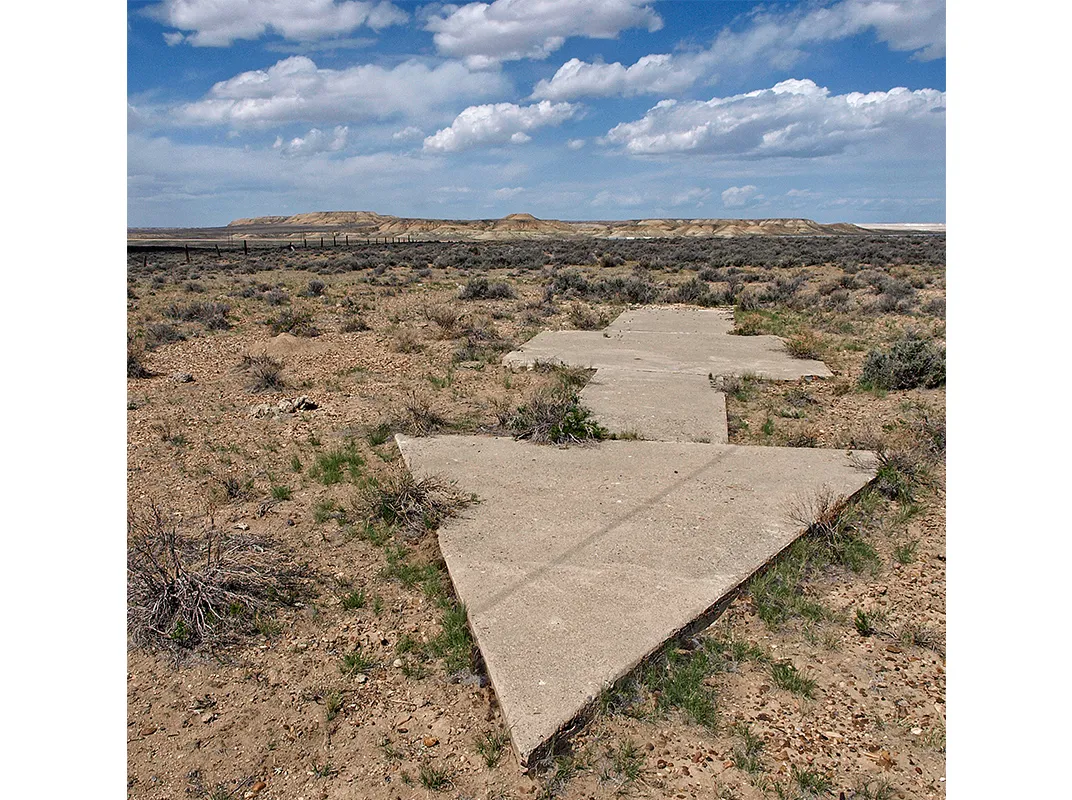What Are Those Giant Arrows Dotting the American Landscape?
And no, they aren’t alien markings.
/https://tf-cmsv2-smithsonianmag-media.s3.amazonaws.com/filer/ec/ca/eccab148-56bc-4bc2-b48a-d0d91cc73548/24g_fm2016_silverzone-drone_still_01_live.jpg)
Not often will an email make someone decide to embark on a cross-country trek. But that’s just what happened in 2013 when a friend emailed Brian and Charlotte Smith a story about huge concrete arrows pointing the way across the United States. “We knew nothing about the arrows,” says Charlotte. “So we started looking into what they were.”
She soon read that the arrows were part of a federal project to speed up communication across great distances. Transcontinental airmail service began in 1920, but even with this advancement over ground travel, service was slow. Pilots had no sophisticated instruments, so they couldn’t fly at night or in poor weather. The government built a path of 70-foot-long concrete arrows every few miles from coast to coast, each painted yellow and topped with a 51-foot steel tower that had a rotating beacon. Using the path, an airmail pilot needed only half the time to deliver a letter from New York to San Francisco. Eventually aircraft were equipped with navigation systems, making the paths obsolete. The towers were scrapped to supply metal for the war effort, leaving the arrows to bleach and crumble.
A month after finding out about the path, the Smiths headed out from their home in Sacramento, California, on a quest to find the remaining concrete arrows. Today they’ve amassed a database with 7,000 records documenting the markers’ locations, which they’ve used to mount road trips to 70 arrows. Their nine-year-old grandson recently taught them to operate a drone, which they’ve used to photograph 17 arrows, and they rave about how much it’s improved their project, since it shows exactly what the early airmail pilots saw. “We can see if it’s straight or angled, if it’s overgrown with brush, or if you can see the complete arrow,” Brian says.
“One in Nevada is in good condition,” says Charlotte. “The one 10 miles away is in real bad condition. The terrain is the same; the weather is the same. Apparently they knew how to make cement better in some areas or had a better product.”
Their quest is starting to attract attention—last August a Science Channel crew filmed them for a segment of “What on Earth?” that will air this spring. You can watch a dramatization of the couple “arrow hunting” and stumbling across one in the Nevada desert.

